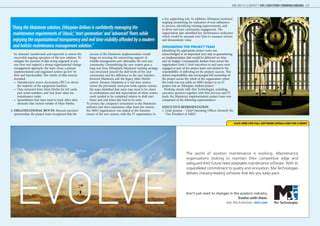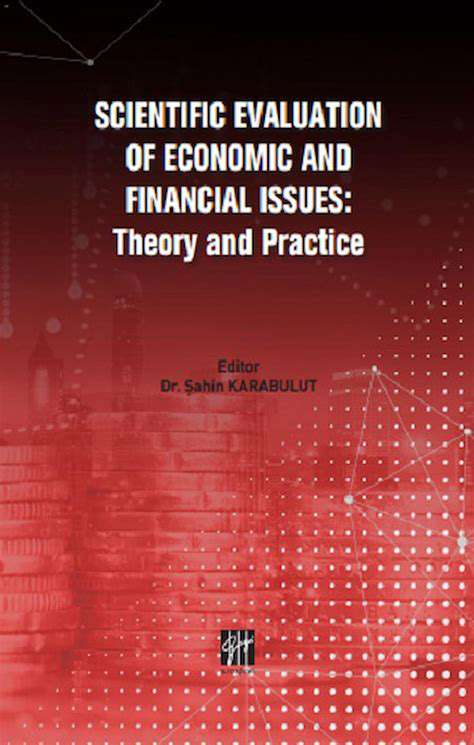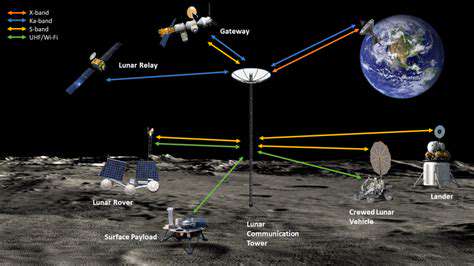Understanding the Fundamentals of Spectroscopy
Spectroscopy is a powerful analytical technique that allows us to investigate the interaction between matter and electromagnetic radiation. By analyzing the way light interacts with a substance, we can determine its composition, structure, and physical properties. This information is crucial in various fields, including astrobiology, where it helps us identify the presence of specific molecules in extraterrestrial environments, potentially revealing clues about the existence of life beyond Earth.
At its core, spectroscopy relies on the principle that different atoms and molecules absorb and emit light at specific wavelengths. These unique absorption and emission patterns act as a kind of fingerprint, allowing scientists to distinguish one substance from another. This fundamental concept forms the bedrock of spectroscopic analysis, enabling a deep dive into the chemical makeup of diverse materials.
Applications in Astrobiology
In the realm of astrobiology, spectroscopy plays a pivotal role in identifying biosignatures—chemical indicators of life—in planetary atmospheres and on the surfaces of celestial bodies. By analyzing the light emitted or absorbed by molecules in these environments, scientists can detect the presence of gases like methane, oxygen, or water vapor, which might be linked to biological activity.
Furthermore, spectroscopy can be used to identify complex organic molecules, the building blocks of life as we know it. The presence of these molecules, detected through their characteristic spectroscopic signatures, could provide compelling evidence for the existence of past or present life on other planets or moons.
Spectroscopic Instruments in Space Missions
Various spectroscopic instruments are crucial components of space missions designed to search for signs of life beyond Earth. These instruments are meticulously designed to collect and analyze light from distant celestial bodies with high precision. The data acquired by these instruments provides valuable information about the composition of planetary atmospheres, surface materials, and even the presence of potentially habitable environments.
Interpreting the Data: Challenges and Opportunities
While spectroscopy offers a powerful toolkit for detecting biosignatures, interpreting the data can be challenging. The presence of certain molecules isn't always a definitive indicator of life, as similar signatures can arise from non-biological processes. Therefore, sophisticated analysis techniques and careful consideration of potential confounding factors are essential for accurate interpretation. Nevertheless, the advancement of spectroscopic techniques continues to provide greater precision and sensitivity, allowing for more nuanced and detailed analyses.
Moreover, the development of new and improved spectroscopic instruments designed for space missions is constantly pushing the boundaries of what we can detect and understand about the chemical composition of extraterrestrial environments. This ongoing research promises to unveil new insights into the potential for life beyond Earth.
Future Directions and Research
Future research in astrobiology spectroscopy will likely focus on developing even more sensitive and sophisticated instruments capable of detecting fainter signals from distant exoplanets. This includes the development of advanced technologies for atmospheric characterization and the identification of subtle chemical signatures that might indicate the presence of life in previously unexplored environments.
Furthermore, the integration of spectroscopy with other analytical techniques, like mass spectrometry, will likely lead to a more holistic and comprehensive understanding of the chemical processes occurring in extraterrestrial environments. This interdisciplinary approach will be crucial in determining whether the identified chemical signatures truly represent evidence of life or other non-biological phenomena.
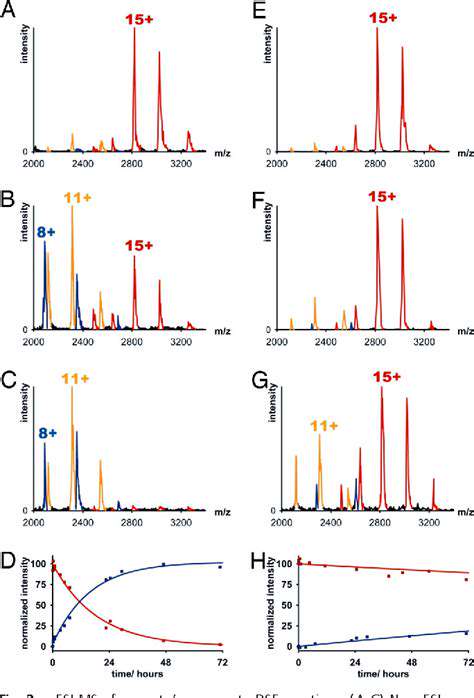
Advanced analytics is revolutionizing industries by enabling organizations to extract valuable insights from vast datasets. By leveraging sophisticated algorithms and techniques, businesses can uncover hidden patterns, trends, and correlations that were previously impossible to identify. This transformative power allows for data-driven decision-making, leading to improved efficiency, reduced costs, and increased profitability. Understanding the intricate relationships within data is crucial for making informed choices and achieving strategic goals.
Remote Sensing: Surveying Planetary Surfaces from Afar
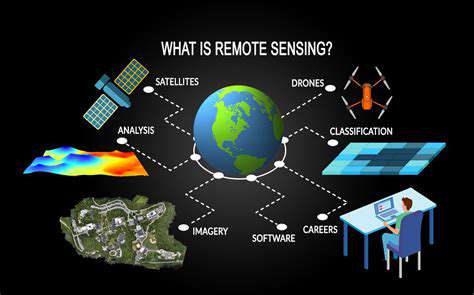
Understanding Remote Sensing
Remote sensing is a powerful technique that allows us to gather information about the Earth's surface and other celestial bodies without physically being present. It involves using sensors to detect and measure electromagnetic radiation reflected or emitted from these surfaces. This data is then processed and analyzed to create maps, images, and other representations of the environment. The ability to collect data from a distance is crucial for monitoring vast areas, like forests or agricultural fields, and observing changes over time.
The technology behind remote sensing relies on various instruments, from satellites to aircraft-mounted sensors. These instruments collect data across different parts of the electromagnetic spectrum, from visible light to infrared and microwave radiation. Each type of radiation provides unique information about the surface features, allowing for a comprehensive understanding of the environment. Different sensor types and resolutions provide varying levels of detail, crucial for specific applications.
Applications in Environmental Monitoring
Remote sensing plays a vital role in environmental monitoring, providing valuable insights into a wide range of issues. It can be used to track deforestation, monitor water quality, assess the impact of natural disasters, and map the distribution of different vegetation types. These applications are especially beneficial for large-scale monitoring efforts, where ground-based observations would be time-consuming and expensive.
By analyzing changes in land cover over time, scientists can identify patterns and trends that might indicate environmental degradation or restoration. This ability to track changes over time is invaluable for understanding long-term environmental trends and developing effective conservation strategies.
Applications in Agriculture
Remote sensing offers significant advantages for agricultural applications. Farmers can use satellite imagery to monitor crop health, assess irrigation needs, and identify areas that require specific treatment. This information allows for more efficient resource management and optimized crop yields.
The ability to detect variations in crop health, such as stress or disease, allows for timely interventions. This early detection is critical for reducing losses and improving overall productivity.
Mapping and Geographic Information Systems
Remote sensing data is a crucial component of Geographic Information Systems (GIS). By combining remote sensing imagery with other geographic data, GIS systems provide a comprehensive view of the Earth's surface. This integrated approach facilitates spatial analysis, allowing researchers and planners to understand complex relationships between different environmental factors.
The detailed maps generated from remote sensing data are invaluable for urban planning, infrastructure development, and natural resource management. Remote sensing imagery provides a high degree of accuracy and detail, which is crucial for making informed decisions in these areas.
Challenges and Future Trends
Despite its numerous benefits, remote sensing faces certain challenges, including data processing, interpretation, and cost. Advances in data analysis techniques and the increasing availability of powerful computing resources are addressing these challenges. The integration of remote sensing with other technologies, such as artificial intelligence and machine learning, holds great promise for extracting even more valuable information from the collected data.
Future trends in remote sensing likely involve advancements in sensor technology, leading to higher resolution images and improved data collection capabilities. The development of more sophisticated algorithms for data processing and interpretation will further enhance the application of remote sensing in various fields.
Sample Return Missions: Bringing Extraterrestrial Samples to Earth
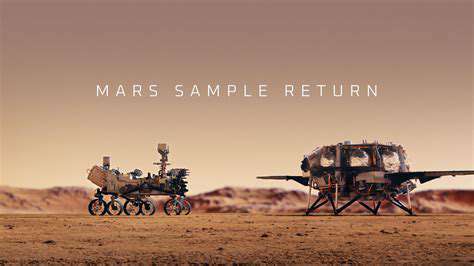
Sample Return Missions: A Deep Dive into the Process
Sample return missions, crucial for advancing our understanding of celestial bodies, involve collecting samples from other planets, asteroids, or comets and returning them to Earth for detailed analysis. These missions are complex undertakings, requiring meticulous planning, advanced technology, and significant financial resources. The meticulous collection process is critical, ensuring the samples are representative and not contaminated.
The scientific value of these missions is immense. By studying the returned samples, scientists can gain insights into the formation and evolution of the solar system, the origins of life, and the potential for life beyond Earth. These unique samples provide irreplaceable data that cannot be obtained through remote observations.
Planning and Preparation: A Multifaceted Approach
Thorough planning is essential for the success of a sample return mission, encompassing everything from mission design and spacecraft development to sample collection strategies and laboratory analysis protocols. This requires collaboration between scientists, engineers, and technicians from various disciplines. The team must anticipate potential challenges and develop contingency plans to mitigate risks.
Sample Collection Techniques: Ensuring Integrity
Developing effective sample collection techniques is a critical component of a sample return mission. These techniques must ensure the integrity of the samples, preventing contamination and damage throughout the entire process, from the initial collection to the final return to Earth. Different materials and environments necessitate the development of specialized instruments and procedures.
The selection of a suitable collection site and the design of the sample collection device are paramount. Careful consideration of the potential for contamination and the need for representative samples is crucial.
Spacecraft Design and Technology: Pushing the Boundaries
Sample return missions demand cutting-edge spacecraft technologies. These spacecraft must be robust enough to withstand the harsh conditions of space travel, equipped with advanced navigation systems, and capable of precise maneuvers to collect and return samples. These missions push the boundaries of aerospace engineering and technology, requiring innovative solutions to complex problems.
Analysis and Interpretation: Unveiling the Secrets
The analysis of returned samples is often a multi-year process, requiring sophisticated laboratory techniques to identify and characterize the collected materials. Scientists from various disciplines collaborate to understand the composition, structure, and age of the samples, yielding valuable insights into the history of the celestial body from which they originated. This detailed analysis allows for a deeper understanding of the universe's past and the potential for life beyond Earth.



